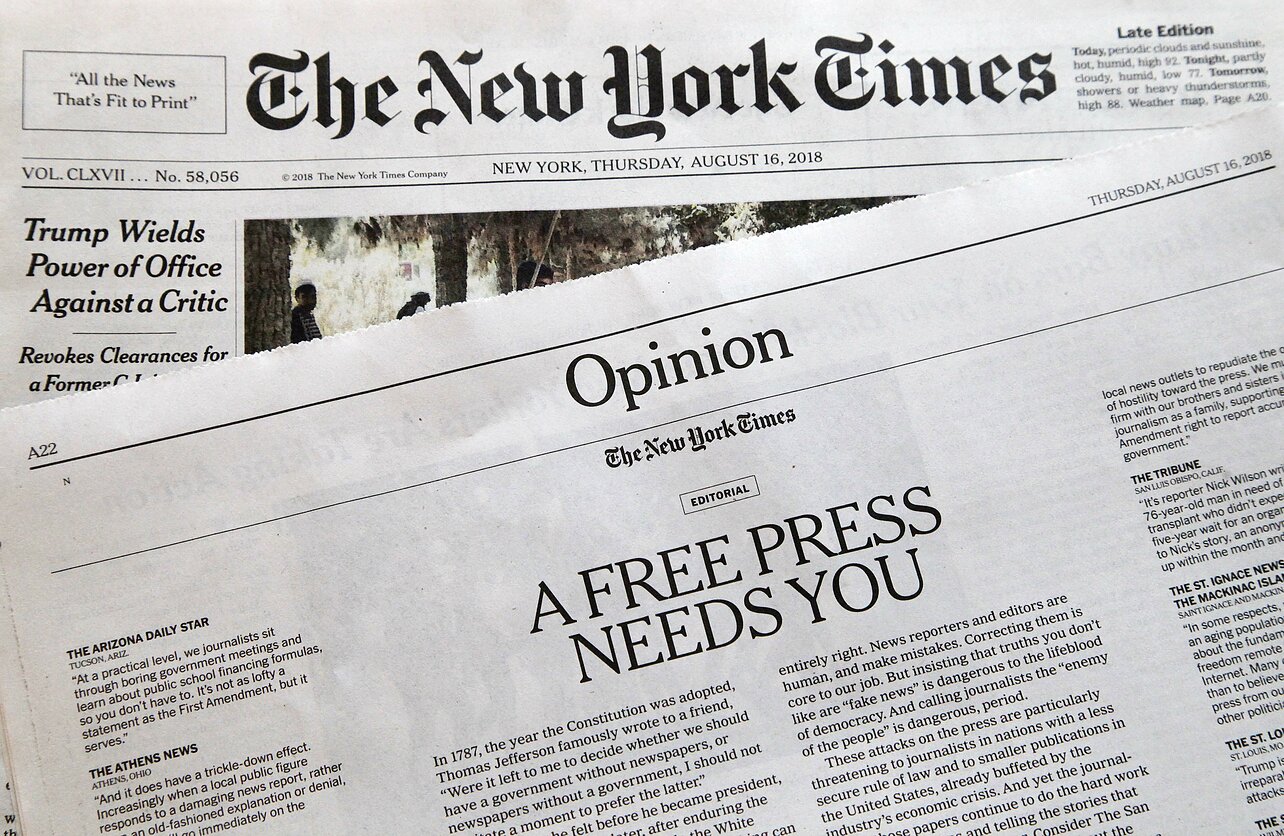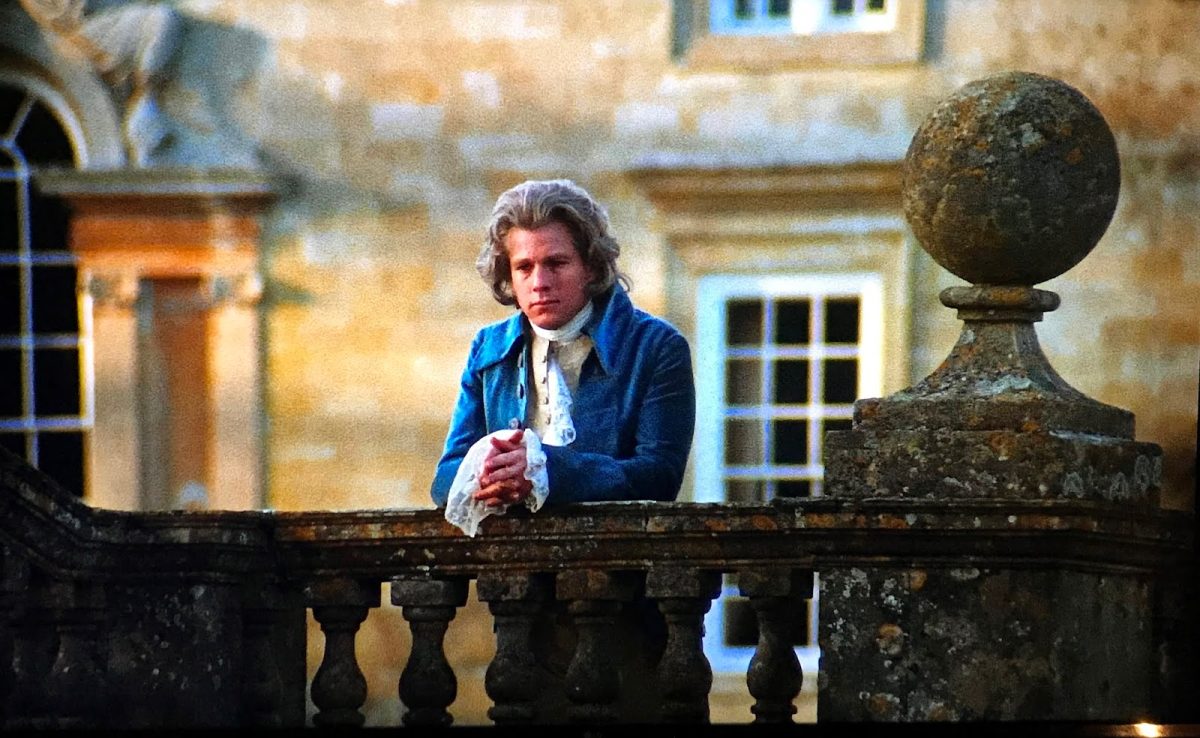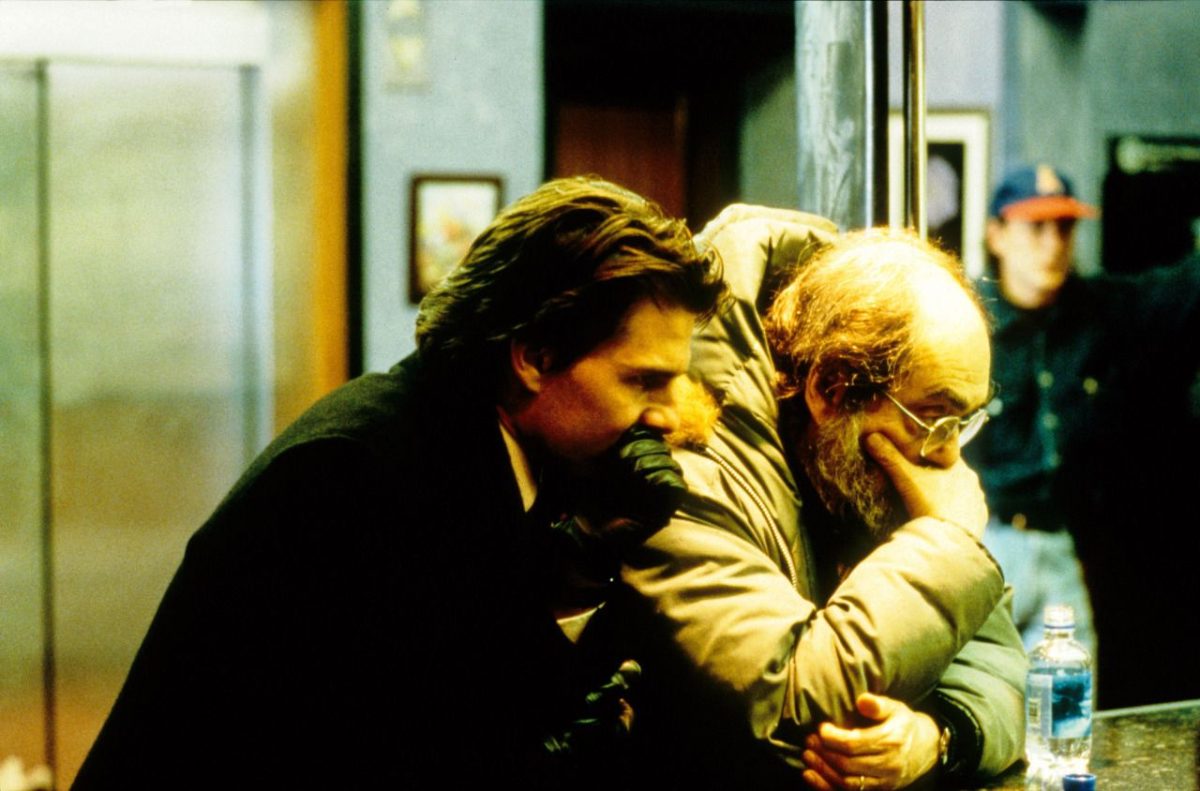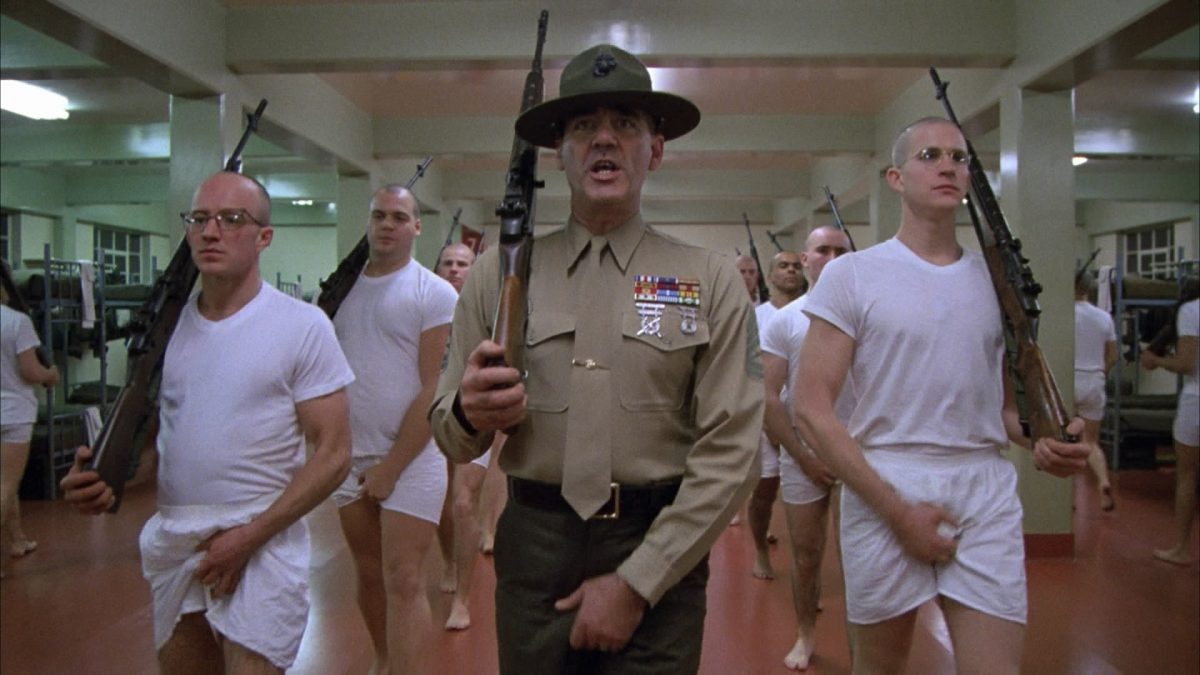by Harold Rosenberg
The movies could make their maximum contribution to culture by following the lead of Stanley Kubrick’s Barry Lyndon in recycling unread literature. Movies based on works that are still breathing — for example, “War and Peace,” “Ulysses,” “Death in Venice”—have the drawback of presenting themselves as replacements for the originals, and, since they are reproductions in a different medium, are likely to be regarded by the audience as distortions or vulgarizations. Only a graduate student in English, however, would be likely today to have read Thackeray’s Barry Lyndon. Why would anyone else take up time with this item of 19th century pop entertainment? Years ago, Somerset Maugham, recognizing that such works are not being read, suggested that they ought to be reissued in versions cut down to their plot outlines.
Still, a cultured person should know something about Barry Lyndon as a work that constitutes part of his literary heritage, though this knowledge need not be detailed or complete. Kubrick’s Barry supplies exactly the right amount of familiarityas much as a reasonably attentive reader would have been likely to retain. In short, the movie Is a valid substitute for Thackeray’s narrative, precisely because it is a “substitute” for something which the audience today doesn’t have.
But Kubrick’s Barry is a lot more than a substitute for an allbutforgotten tale. The movie also translates the printed page into art for the eye and the ear by coordinating the story with the paintings, music and landscaping of the period. The adventures of Barry, by this time commonplace and threadbare, are delivered in a faultless esthetic package. If the lead characters are poorly cast, the weakness of their acting is compensated for by their costumes and hairdos. The laggard unfolding of the plot permits one to lose oneself in countrysides that imitate paintings, in classically composed and toned interiors, in the placement and lighting of the figures. Kubrick’s salvage job turns out to be a vessel filled with brand new 18th century treasures. I could have watched Barry Lyndon for another two hours without the slightest interest in what was happening to its hero.
The American public today is avid for knowledge of the past, or something that pases for the past, including its art end fashions. Kubrick has done their homework for them. He has read the texts, scoured the picture galleries and art books, listened to the music and compared recordings. He has demonstrated that a confident movie director, not too eager to display his imagination, can be worth a hundred classrooms.
Think of the vein of potential film ‘’properties” that has been opened up by Kubrick’s Barry: obscure novels by George Eliot, Owen Meredith, Disraeli, even Melville’s Israel Potter, to pull out of the air only a few titles. It gives the key to a treasury of living rooms and parlors, duck ponds, battle formations, romance by the garden gate, fox hunts—all far more civilizing than the unshaven types in current movies who roll around in the grass with bears.
Original, uptodate scenarios may be more exciting, but they are not certain to provide much in the way of education, since no one knows how long they will survive. Movies based on unread works by classical authors have the advantage of representing talents that have escaped extinction and thus belong In the common storehouse from which the minds of the living are obliged to draw. Regardless of the interest of the story, the story itself constitutes information that augments the spectator’s knowledge. What he misses in pleasure, he makes up for in satisfaction at having earned a mental profit.
Moving pictures are not a good vehicle for original ideas. Images captured by the camera are not sufficiently detached from time, place and natural appearances to match the abstractness of words or mathematical signs. Movie directors sense the Intellectual resistances of their medium and confine thinking in movies to references to ideas rather than attempts to develop or apply them. Even the most advanced European moviemakers rarely go beyond name dropping and idea dropping. Fellini, Antonioni, Truffaut relate themselves to thought by quoting, which is a species of scavenging. Avantgarde films stimulate the shock of recognition and generate an aura of profundity by mentioning Malraux or Croce or throwing in a shot of a “Merzbau.” In short, like Kubrick’s Barry they resuscitate the cultural past.
The act of reading a novel is not too dissimilar to that of watching a movie. One sits in a comfortable chair and lets the mind be carried by a stream of images as in a semidream. Reading or listening to poetry, or examining a painting, is of a different order; it calls for a heightened alertness. The mixing of media in the movies—dramatic dialogue, color photographs in motion, sound effects, music—produces an exact physical duplication of the novelistic daydream. It keeps the spectator/listener suspended in a universe of sensations, which may occasionally reveal something frightening—the whipping scene in Barry—but which does not threaten the witness lounging in his expandable seat.
Regardless of what educators do, the decline of reading is likely to continue. Compared with multimedia relaxations, reading in the future will be preferred for entertainment by the kind of minority that in the past chose chamber music over grand opera. If accumulated literary culture is not to die out with the large public, it must depend increasingly on translation into film.
Reworking old art is a major aspect of 20th century creation — in painting and sculpture, it is perhaps the dominant approach. Examples are Picasso’s recomposed Velasquez paintings, Mires Dutch masters and, most notorious, Duchamp’s obscenely entitled Mona Lisa with mustache and goatee. The resurrected masterpieces tend to contain elements of parody and camp, a way of compensating for the minority status of the fine arts today by flattering their public as insiders.
There is parody, too, In Kubrick’s Barry Lyndon: the dashing British army officer who falls in a faint when struck by a bullet made of dough. Also camp, as in Barry’s marriage ceremony, with its robed priest dwelling on the theme of fornication, and in the beautifully composed funeral procession of Barry’s son. On the whole, however, the handling of the adaptation is straight, with just enough caricature to disguise the sobriety of this essentially educational enterprise.
The New York Times, February 29, 1976, Page 55




